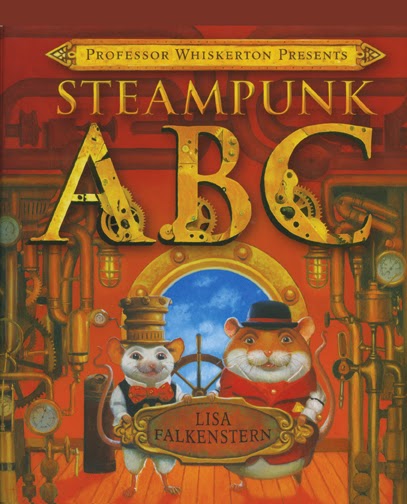How did you become
an artist?
Actually, I have always loved creative art, painting
and drawing from a young age. I remember my happiest times were in art class in
my school days. After graduating from university, I worked as a web designer
for 6 years. I wasn't enjoying it that much. It wasn't what I love to do.
So I started as a freelance illustrator last year. I
am really enjoying drawing work, currently. I knew it was really what I wanted
to do and my destiny.
Yes, I graduated in visual communication design from University of South
Australia. I was an international student from South Korea. I had found It is
really difficult being an overseas student. But I loved classes and met many
good professors and friends. It was a memorable experience.
I would have to say my parents influenced me in becoming an artist. I am
always grateful to my parents for their sacrifice and believing in me.
The other one is the professor I met when I studied at University. I can't
remember his name. Whenever I had a presentation on my project in his class, he
complimented it a lot. He just loved my work. I remember he said, “you have a
born talent for art.” He encouraged me so much. I was so happy that someone acknowledged
my potential.
I have been influenced by so many artists. Moogbee, Nastia Sleptsove,
Emma Block, Soo-Choi, Gyeong Yeon, Ryo Takemasa, Kristina, etc. I can't name
them all. These people are incredibly talented and phenomenal artists. I discovered
their work on books, blogs or magazines. When I saw their work, I just loved
it.
I am inspired by
books, music, fabric, nature, color, flower, food, looking through other artists blogs, textures and
many other things. Especially, looking at various blogs, Pinterest, Etsy, Spoonflowers is great fun and gives me lots of ideas.
I am a great lover of color. Mostly, it's what drives
my work. so whenever I'm working the color is the most important part. I normally research a lot for my
project. I look through the other artists work related the project.
Then I work primarily in Photoshop
or Illustrator,
creating many layers in a single file to composite my final image. It maybe sound
strange for you, I draw and sketch a lot in Photoshop. It makes it easier
and quicker to change colors or shapes for me. I've been
working digitally pretty much since I graduated university.
Are there links where more of you art
can be seen?
Yes, I do have a blog . Also you can see my portfolio at Pinterest.
I don't Facebook as much as I'd like, but I will do
a post whenever I have new items.
Pinterest:
What types of markets do you create art
for?
I am fairly new to markets.I am preparing my portfolio focused on covers, books,
editorial, pattern, and stationery. But there is no limit to
what I'd like to do.
I would love to see my illustration or pattern on as many products as
possible. I would love to have a good chance to do it
Do you do other things regarding art
like teaching?
Right now my
time is spent freelancing. I would love to get involved in teaching when the
right opportunity presents itself to me.
Do you pursue other creative interests
like writing or music?
I love music and singing. Sometimes I play guitar and sing. But I am not
as good as a professional musician.
Where can your art be seen? Is it on
products, books, etc?
You will find my fabric
on a website called REAL FABRIC. Here is address. http://realfabric.net/yebin
What do you love best about what you
do?
I just love being able to do what I love to do. And I think Being
creative for a living is incredibly lucky life.












































